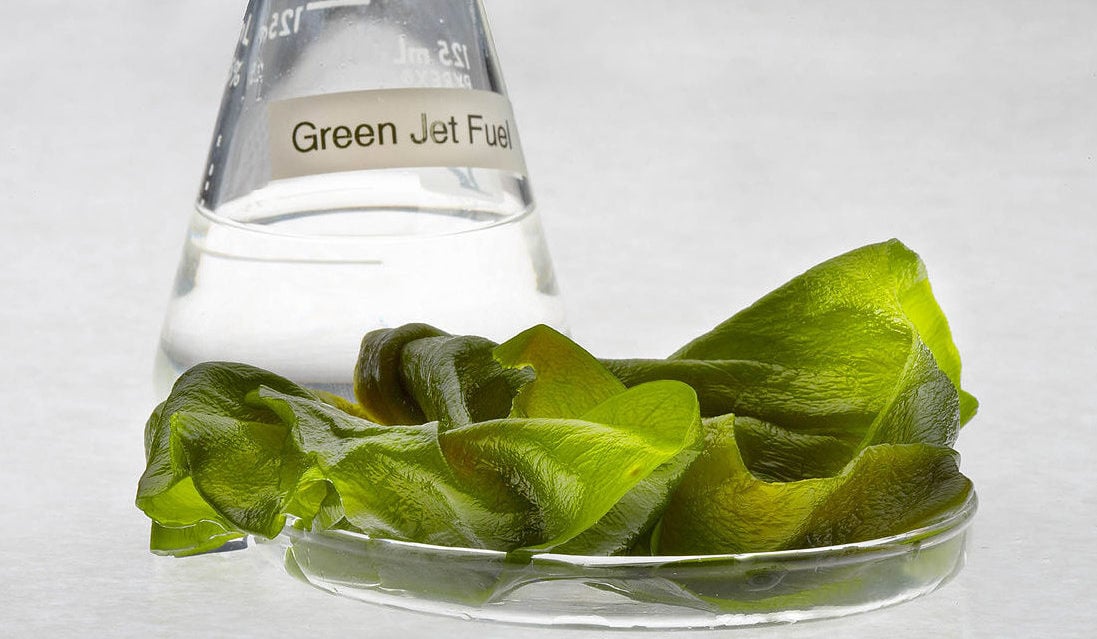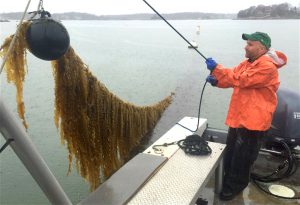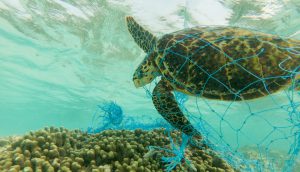Modern biofuels have been touted as a greener alternative to petrol and diesel since the early 1900s. It seems like a good idea on paper, and they do work – but their use and production doesn’t come without problems.
The first generation of biofuels – mainly ethanol made from plant crops – and second generation, derived from plant and animal waste streams, both had environmentalists and others concerned about the competition for land and nutrients between biofuels production and food production.
It was with a lot of hope, and hype, that production of the third generation of biofuels was started. Unlike their predecessors, these biofuels are derived from algae, and so in theory the food vs fuel dilemma of crop-based biofuels would be solved.
Fossil fuel oil and gas originated from ancient algae in large measure, so the concept here is to replicate the essence of the creation of fossil fuels, albeit accelerated and optimised with modern chemical engineering. It was claimed that using algae would be much more efficient than creating biofuels from terrestrial plants and that the technology would make use of poor quality land not able to grow other crops.
Millions of dollars, euros and other currencies have been spent trying to get the algal marvel to work. Much of the money has been directed at refining the engineering process, electrically lighting the crop – which grows in a liquid suspension – harvesting and draining it. The solution to optimisation was seen as primarily technological non-biological, though species selection and growth conditions were also acknowledged as important factors.
Damp squib
However, it turns out that the hype has been misplaced. Our research has found that the production of algal biofuels is neither commercially nor environmentally sustainable. The attainable production levels are a fraction of those that were claimed. The amount of biofuel produced from prolonged culture of algae in pilot-scale systems is actually not too dissimilar from those of terrestrial plants: around 5,000 to 10,000 litres per hectare per year.
In fact, the rate of production from algae growing in the vast ponds required for truly massive production is, for a given area of land, similar to that seen in the most productive areas of the ocean. It amounts to around 4g of carbon from CO₂ fixed into biomass per square metre every day.
So what’s the problem? Why aren’t algal biofuels as good as had been hoped? Quite simply, it’s biology.
The dream has been broken not by failings in engineering, but by the inefficiency of biochemistry. Simulations of microalgal biofuel production show that to approach the 10% of EU transport fuels expected to be supplied by biofuels, ponds three times the area of Belgium would be needed. And for the algae in these ponds to produce biofuel, it would require fertiliser equivalent to 50% of the current total annual EU crop plant needs. Ironically, such ponds would also need to be located near heavy industry which produces CO₂ to provide the level required by the microalgae for photosynthesis.
Problems of scale
The problem with third-generation biofuels has always been scaling up the production rates measured in small culture flasks to growth in thousands of cubic metres in size. In the larger cultures, the biomass density of the algae – needed to make the culture and harvesting processes economical – defeats desired growth rates because the organisms shade light from each other. This means that they do not get the sunlight needed to photosynthesise and produce the carbon-rich compounds needed for to make the biofuel fast enough.
There have also been misunderstandings of how the algae react to their environment. Importantly, those vital carbon-rich compounds only really accumulate in cells that are nitrogen-limited and so are growing slowly. Early production estimates assumed high carbon-rich content in fast-growing cells but this has not proved to be the case.
Could we not genetically modify a solution to the inherent biological inefficiency? Perhaps, but should we really tamper with factors that are so fundamental to life on Earth and risk generating unstoppable harmful algal species that could destroy fisheries and damage drinking water supplies? Even if we did create the perfect algae for biofuels production, the need for all that fertiliser and CO₂ would remain.
Ultimately the public has paid for this failed vision – but their money has not been wasted. If there’s one thing that humans need more than fuel it is food – and this work can help us understand how to better grow microalgae to support the farming of fish and shellfish, and produce dietary supplements, like Omega-3. Mass microalgal production could also create food containing omega fatty acids to farmed fish, for example, meaning that we would no longer need to fish in rivers and oceans to make fishmeal for them.
The future for mass microalgal cultivation is still literally and metaphorically green, it just does not rest with biofuels production.
Editor’s Note: This is the first part of a chinadialogue series looking at alternative fuel innovation.
The article was originally published on The Conversation and is republished here with permission.








